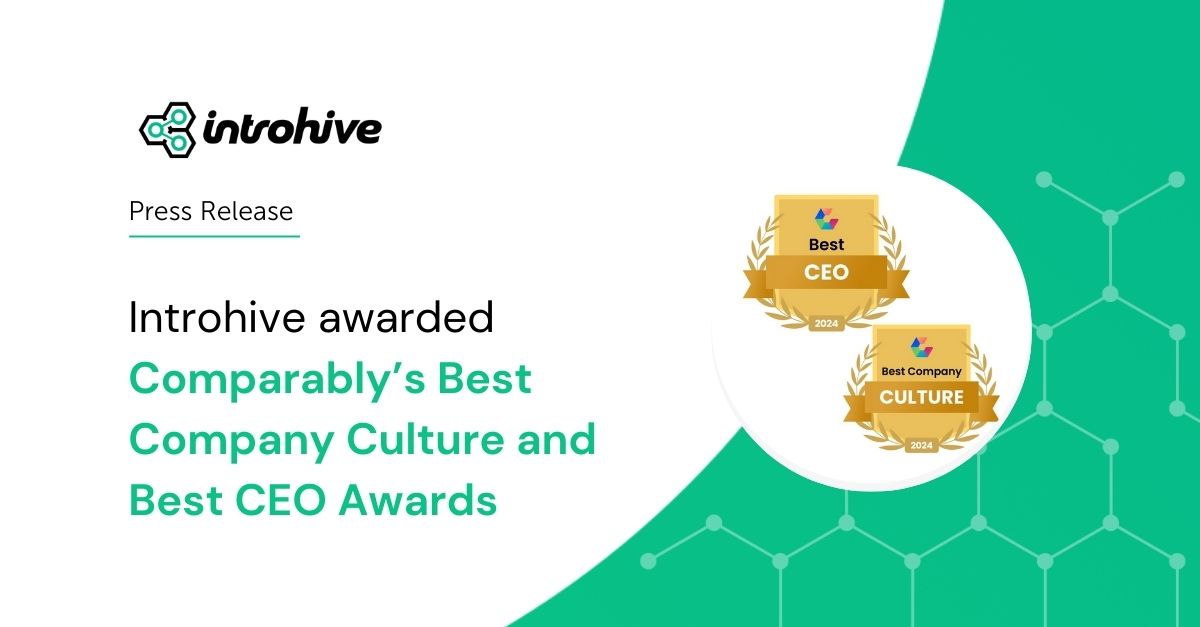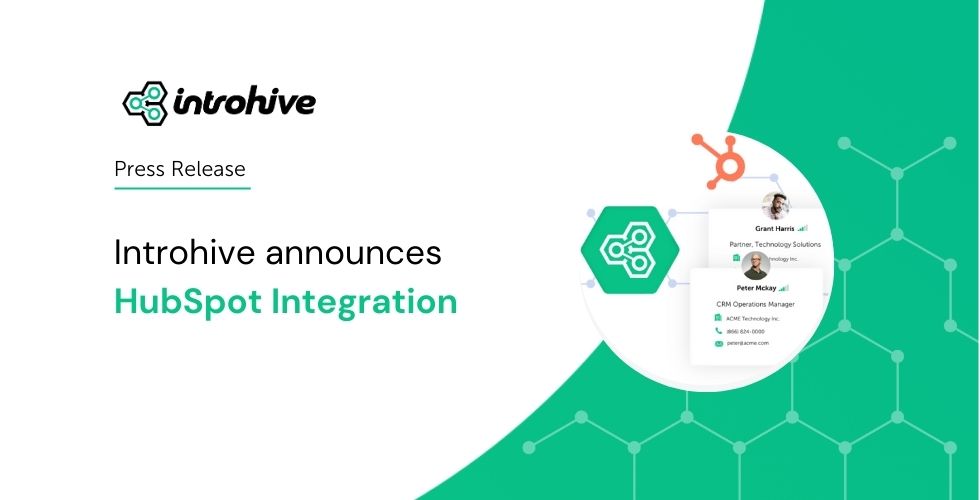
Not very long ago all law firms needed to do to maintain a steady flow of business was throw an annual party, sponsor a table or two at a charity gala, enjoy a round of golf with key clients, and send out holiday cards.
Unfortunately, those halcyon days are long gone, says John Remsen, Jr., President and CEO of The Remsen Group. He explains that mergers and acquisitions have changed the competitive landscape for law firms of all sizes in every market. They can take nothing for granted, and now must assert their position in the marketplace or lose business.
John knows because for the past two decades he has helped more than 350 law firms, ranging from 15 to 200 lawyers, address this situation with affordable business-development tactics that have driven performance and profitability. Here are eight of the many excellent ideas he shared with us. Of course, each of his recommendations would be worthy of their own blog post, but here are the highlights:
1. Know what business development is and isn’t.
“Most lawyers don’t appreciate the difference between marketing, business development, advertising, and social media and how it fits together,” says John. “I describe marketing as the stuff we buy. It’s our website, collateral, brand, and sponsorships. It’s our check-writing activities.”
John points out that while marketing activities are valuable for enhancing overall image, business development is where firms are increasingly focusing their attention.
“Business development is the time lawyers invest in developing reputations and relationships with people in a position to hire firms and refer clients,” he notes.
This is important, he says, because clients hire lawyers not law firms.
“There are exceptions. But, generally, it’s a people business. It’s a relationship business. Clients will follow the lawyer if they change firms. They hire lawyers they know, like and trust.”
2. Focus business development activities on the clients you value most.
If you want to attain the highest return on your business development investment, focus on existing customers.
“Generating new clients is much tougher,” points out John. He notes it takes eight to 11 impressions to convert a prospect to a client, which is much more intensive than taking an existing client to lunch to solicit feedback, for instance.
He advises putting existing clients into three categories:
- A-list clients. These are the ones you love and want more of. Give them exceptional service across all levels of your organization, for instance:
- Always be responsive and accessible.
- Send them great Christmas gifts.
- Visit them regularly to solicit feedback on what they like and don’t like about your service.
- Act quickly on that feedback.
- B-list clients are those with whom you want to maintain a strong relationship, but without the investment you make in A-list clientele.
- C-list clients are those who are very high maintenance and don’t provide much revenue. You want to wean yourself off of them.
3. Ask clients how you can best serve them.
“Clients assume you’re going to give them a good work product,” says John. So he recommends giving them service that far outshines the competition. Find out what they value most and give it to them across your organization.
4. Build industry practice groups.
Instead of selling areas of law, practice focusing on industries such as health care, real estate development and finance. Within those industries pinpoint the areas of law you practice, such as employment or litigation. Determine which industries to serve by looking at:
- The industries of A-list clients
- The industries competitors favor
- The industries that are growing
To develop an industry-focused practice John advises activities such as:
- Becoming involved in related associations
- Conducting an industry seminar series
- Writing an industry-related blog
But focus on only a couple of industries at first. “Start with a pilot program,” he says, “don’t try to set up 15 industry groups at once.”
Instead, he recommends setting up a model that determines how you will package and present yourself to the marketplace.
5. Work as a team.
“Firms do much better with a team approach to marketing and business development,” says John. “If we work as a pack and play off each other’s strengths we can accomplish far more than if we operate as a bunch of lone wolves.”
He says strong teams:
- Take advantage of individual ability and talent. “If Joe likes to write and Sally likes to speak, we’re going to put Sally on the speaking circuit and have Joe oversee our blog,” he says. “We’re going to complement each other and enhance the firm’s reputation.”
- Keep each other abreast of activities. “They don’t stumble over each other by unintentionally calling on the same clients or showing up to the same conferences,” John points out.
- Have strong leaders. “He has to get it, he has to be well respected, run a good meeting and hold people’s feet to the fire,” he says.
6. Hold individuals accountable.
John says the way to achieve this is through individual business development plans that outline the steps each lawyer will take to build relationships with clients and prospects. Enforce this plan by noting that you won’t fund their marketing activities without them acting and reporting on it.
7. Make your events worthwhile.
“Less is more,” says John. “It’s all about relationships. With a huge event of 300 people, it’s hard to follow up. It’s not about the quantity but the quality of people in the room. Smaller events are more conducive to relationship-building.”
He recommends taking advantage of every potential event touchpoint. For instance:
- Send invitations and follow up with personal phone calls.
- At the event, introduce junior lawyers to key clients. Don’t let them gather in a corner.
- Invite a photographer to take photos. Post them to your website and send them to guests as a fun follow up.
- Thank guests for attending with a note and a phone call. Let those who didn’t attend know they were missed.
8. Pay attention to personal presentation
“How you package and present yourself is a powerful statement,” says John. “It has everything to do with how others perceive you. Particularly as a young lawyer you want to be taken seriously to justify your $250 rate.”In essence, dress the part if you want to be perceived as authoritative, hard-working and sharp.“People size you up very quickly and reach a conclusion that’s based on what they see,” notes John.
This includes internet presence. He advises to make sure:
- You have a professional, polished picture. Spend money on photography.
- Use the buzzwords of the industries you’re targeting.
- Be strategic and deliberate about who you connect with because they are a reflection of you.
John confesses that much of his advice would have been applicable back in 1992. However, it’s light-years more critical today.
“Lawyers have to recognize that their profession has changed dramatically. It’s now a buyer’s market. Hanging out a shingle and practicing good law isn’t enough. It’s gotten too competitive. You must either evolve or perish.”
If you liked what you read and want to get more news on law-firm business development, stay tuned. There’s more coming. Next up, Jill Weber, President-Elect of the Legal Marketing Association, will discuss her perspective on building a business development department. Subscribe to this blog so you don’t miss it.





